Application Examples
Rare-earth products are used as key industrial materials in various applications, such as phosphors, superconductors, batteries, catalysts, magnets, multi-layer ceramic capacitors, corrosion-resistant coatings, laser crystals, optical glasses, sintering additives, scintillators, contrast media, and neutron absorbers. In this page, we will introduce some examples of applications and usages of rare earths.
Detection of Supernova Relic Neutrinos
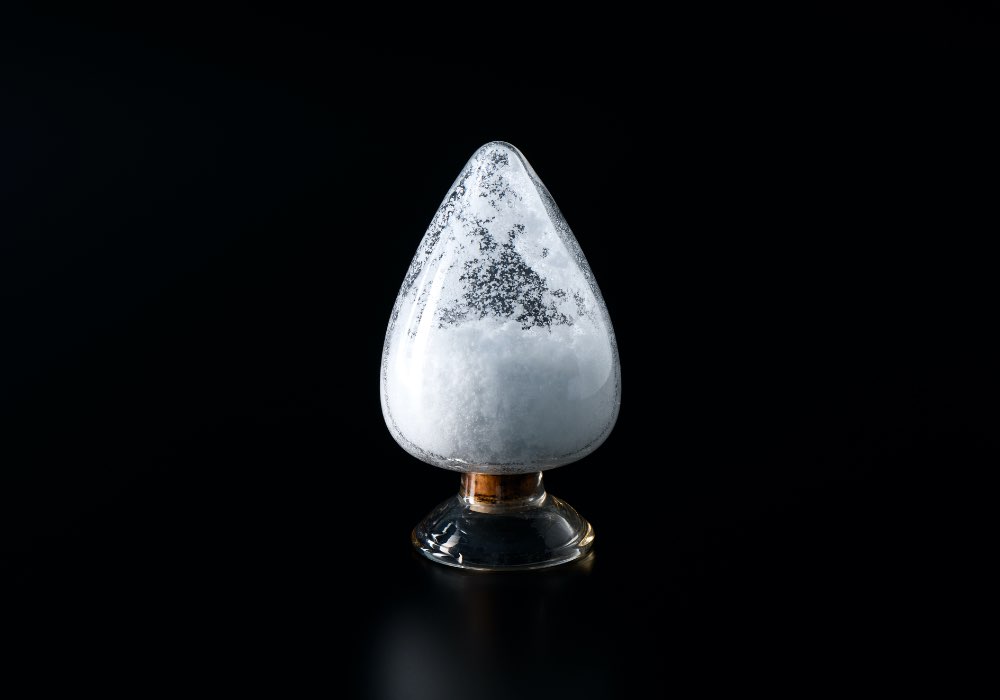
NYC has developed gadolinium sulfate for use in the Super-Kamiokande in collaboration with the Institute for Cosmic Ray Research of the University of Tokyo since 2015, and observation of supernova relic neutrinos using this material began in 2020. The gadolinium sulfate to be loaded into the Super-Kamiokande, which uses 50,000 tons of ultrapure water, must be of a high purity, and radioactive elements in particular must be reduced to the utmost limit to realize lower noise. While ppt level analysis technology was developed by Materials Analysis and Exploration Center of Mitsui Mining & Smelting Co., Ltd., our parent company, NYC succeeded in reducing radioactive elements (uranium and thorium) to the ppt level by solvent extraction and pH control.
Laser Crystals and Phosphors
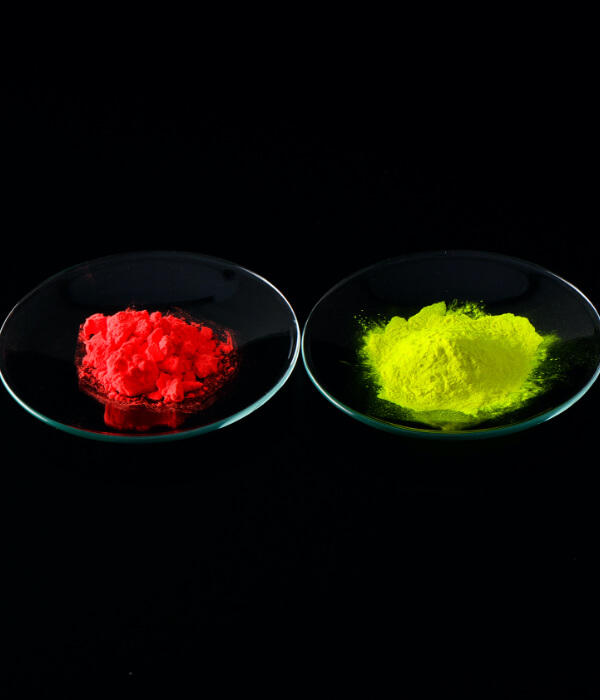
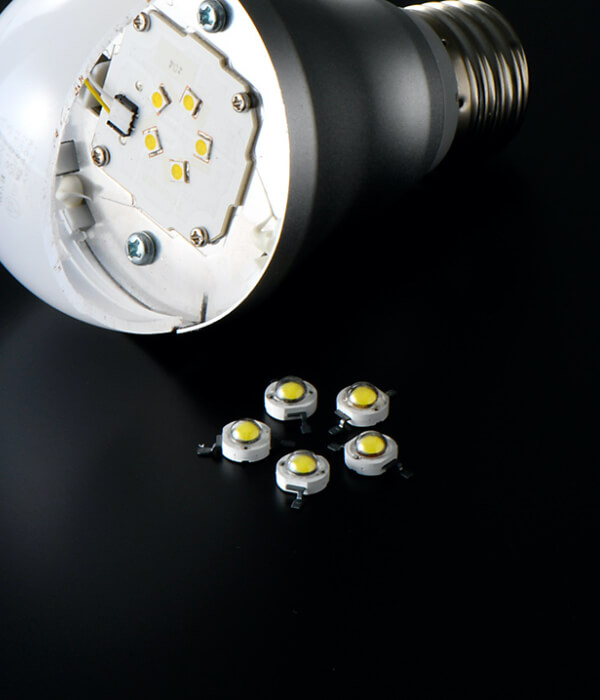
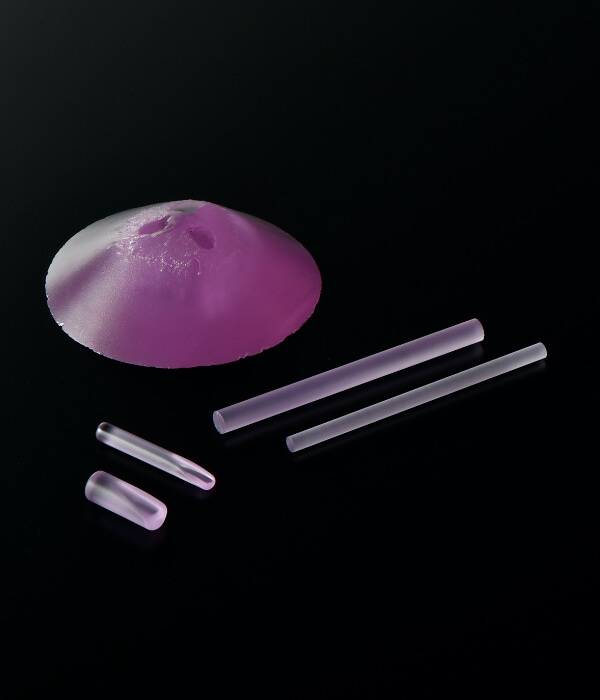
Rare earth elements absorb and emit the light of specific wavelengths. Due to these characteristics, rare earth materials are widely used in laser crystals and phosphor materials. These include Nd lasers (1.06µm) for various applications such as processing, Er lasers (1.5µm) for telecommunications, and Er lasers (2.9µm) for medical use.
Phosphors have also been used for a long time in a wide range of applications (cathode-ray tubes, fluorescent lamps, etc.), and in recent years Ce:YAG (yellow) and other phosphors have been used for white LEDs.
Optical Lenses and Glasses

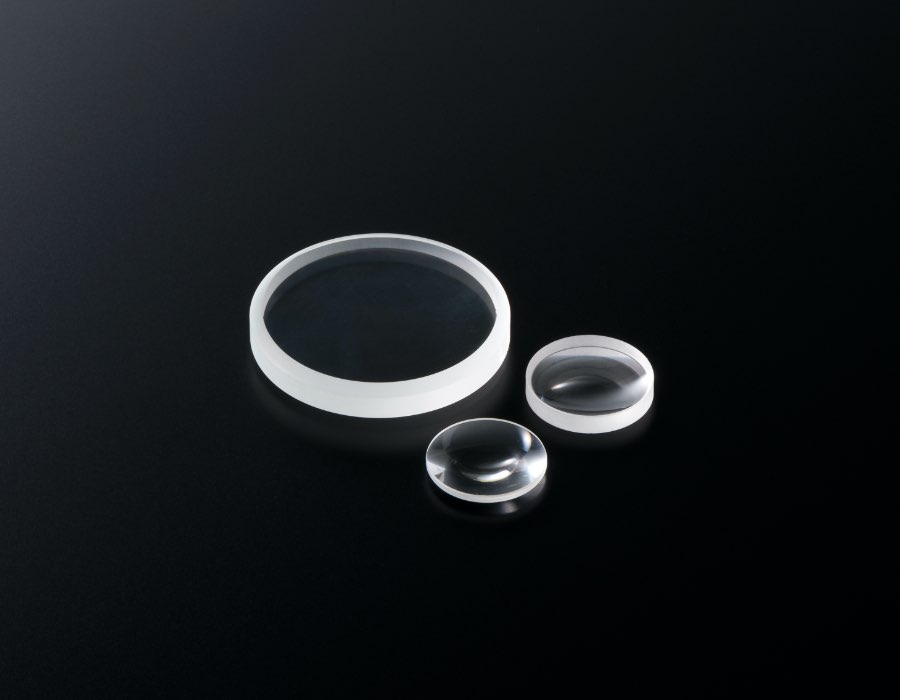
Rare earth elements have a high refractive index due to their high atomic weight, and are widely used in optical materials. Although the specific gravity of the material is high, the high refractive index makes it possible to make the products compact. In addition, rare earth fluoride has a high transmittance in the ultraviolet and infrared regions, so it is used for optical fibers and isolator materials.
When rare earth is added to glass, the characteristic absorption wavelength and high refractive index combine to produce unique colored glass. When cerium is added to glass, it becomes UV absorbing glass. Rare earth oxides are also widely used as glazes for ceramics.
Solid Oxide Fuel Cells
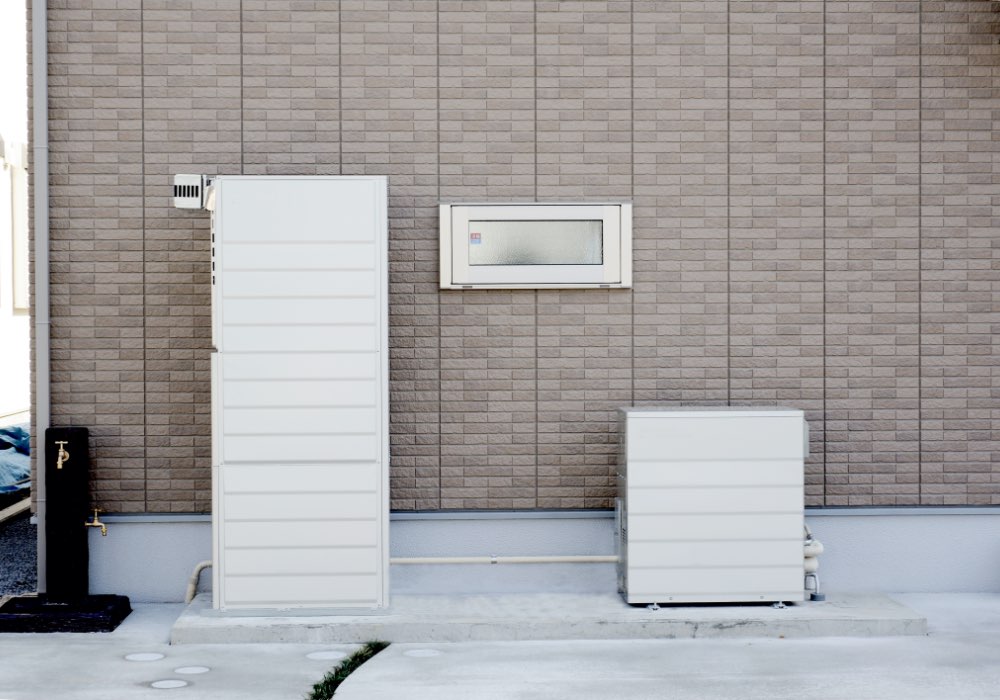
Oxygen ion conductors such as YSZ (yttria stabilized zirconia) are used in the electrolyte layer and fuel electrode (anode) of solid oxide fuel cells (SOFC). Conductive ceramics such as lanthanum-based oxides are also used for the air electrode (cathode).
SOFCs reform city gas into hydrogen, which can then be used as fuel for power generation and hot water supply, making them a clean energy source with low CO2 emissions.
Nickel-Metal Hydride Batteries

Nickel-metal hydride (Ni-MH) batteries use a mixed La, Ce metal called mish-metal (MM) as the negative electrode. MM is called a hydrogen storage alloy and Ni-MH battery is a rechargeable battery that generates electricity by the movement of the absorbed hydrogen.
A small amount of yttrium oxide (Y2O3) can be added to the battery to extend its cycle life, making the material an important additive. Currently, Ni-MH batteries are used in hybrid cars as well as consumer batteries.
Exhaust Catalyst for Automotive
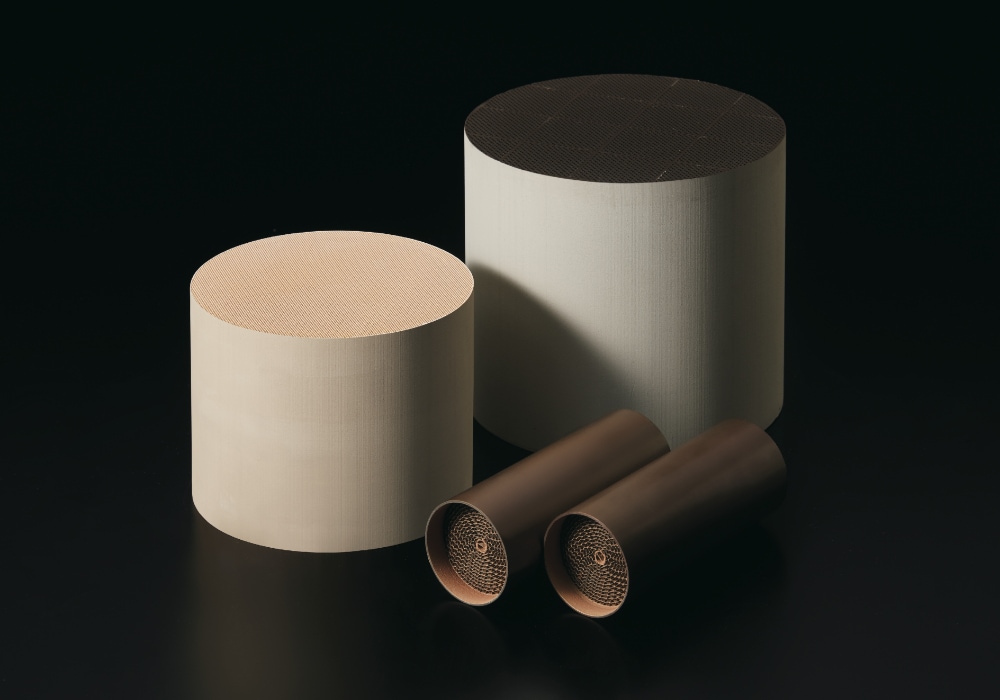
Precious metals such as platinum and rhodium are used to detoxify the unburnt hydrocarbons (CxHy), carbon monoxide (CO), and nitrogen oxides (NOx) contained in exhaust gases of gasoline automobile and to discharge them as carbon dioxide (CO2) and nitrogen (N2). To stabilize this effect, Cerium oxide (CeO2) based oxides (called co-catalyst) are added to catalysts. Cerium oxide can store oxygen so that it can assist in burning harmful substances depending on oxygen concentration changes of the exhaust gas.
Rare earth oxide catalysts are also used in petroleum refining and synthetic rubber polymerization.
Rare Earth Magnets
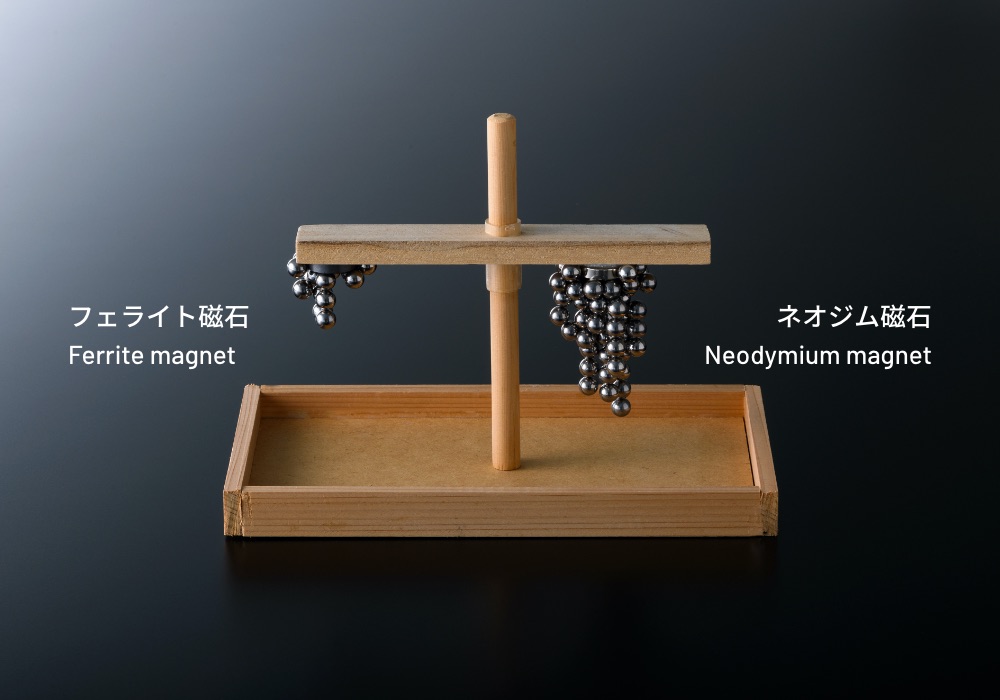
Rare earths such as Nd and Sm, which have the high spin-magnetic moment compared to other rare earths, are combined with iron group elements to form high-magnetic force magnets with high coercive force, including Sm2Co17, Sm2Fe17Nx, and Nd2Fe14B. These magnets are used in a wide range of applications, such as motors for electric vehicles, wind power generators, and HDD magnetic heads.
High-Temperature Superconductors

Since the discovery of YBa2Cu3O7 (YBCO, Y123) in 1987, researches on high-temperature superconductor, which shows superconductivity at liquid nitrogen temperatures (-196°C), have been conducted worldwide. Since rare-earth (RE) elements other than Y also exhibit superconductivity, they are now called REBCO (RE123) superconductors. Currently, the development of high-temperature superconducting cables and high-temperature superconducting NMR is underway to put these technologies to practical use.
Contrast Agent for MRI
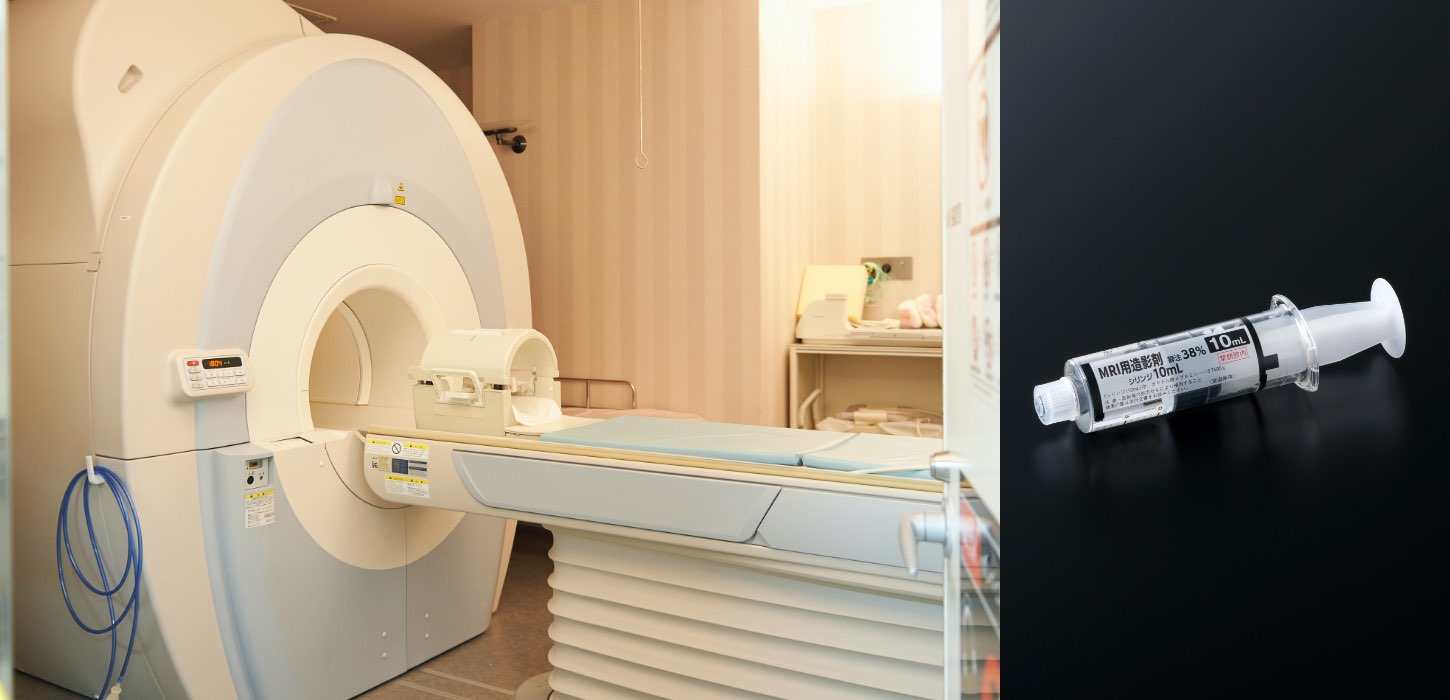
Magnetic resonance imaging (MRI) is becoming increasingly popular in the medical field because it can detect abnormalities in the body in a non-destructive and highly accurate manner. MRI observes differences in the vibrations of water molecules in the body. Their intensity is increased by adding magnetic gadolinium ions, which makes clear images with a high contrast. This is called a contrast agent. The gadolinium is coated with an organic material that is stable in the body so that it does not have any harmful effects on the body.
Sintering Additives
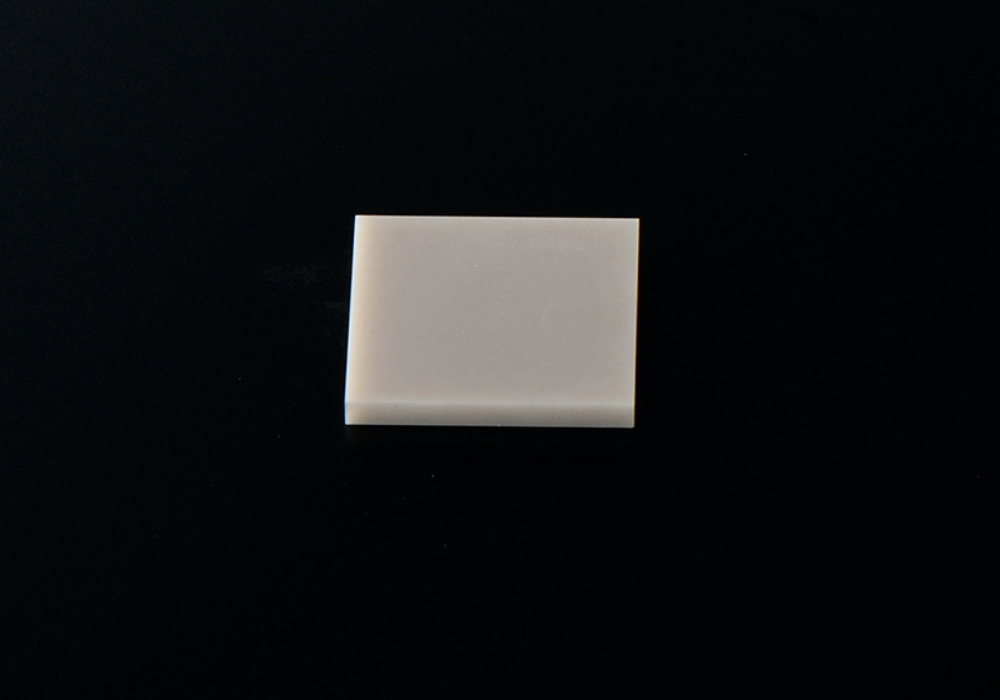
Aluminum nitride (AlN) and silicon nitride (Si3N4), which have high thermal conductivity, are used to dissipate heat from power semiconductors that generate high heat when used to control electric vehicles.
Nitride is a difficult material to be sintered, but when yttrium oxide (Y2O3) is added as sintering additives, a dense and strong sintered body can be obtained. In addition to nitride, rare earth powders are widely used as sintering additives for the sintering of various ceramics.
Multi-Layer Ceramic Capacitors
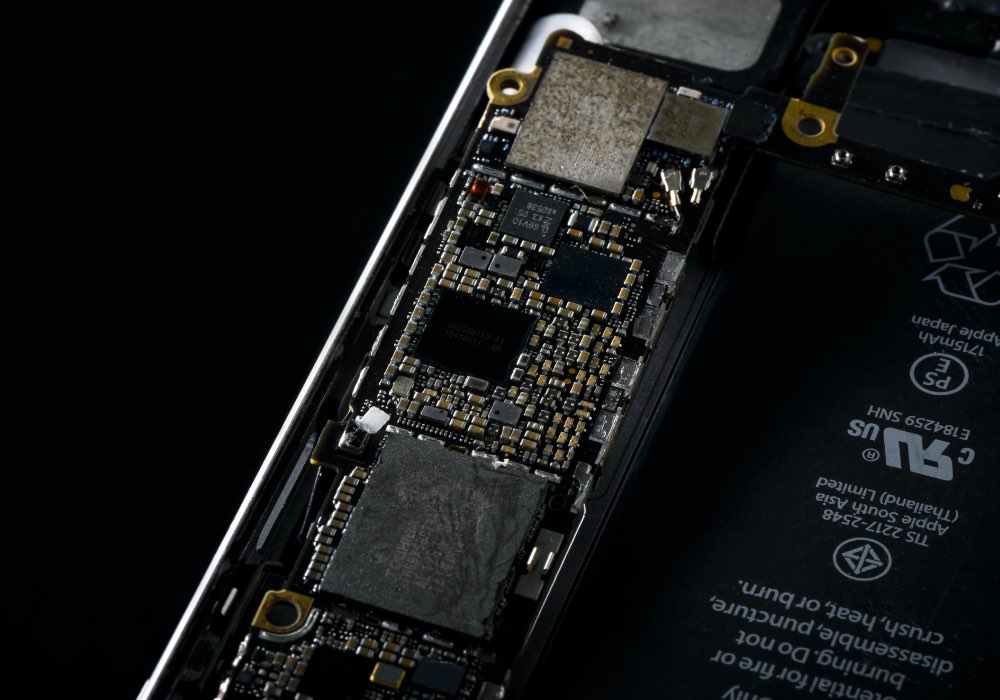
The downsizing of electronic components has greatly contributed to the size reduction and performance enhancement of smartphones and other devices. These high-performance electronic devices use a large number of multi-layer ceramic capacitors (MLCCs), in which dielectric layers are highly laminated like a sandwich.
It is known that the addition of rare earth oxides to ceramic capacitors greatly improves their reliability, so various rare earth oxides are used in the capacitors.
Corrosion-resistant coatings / sintered body
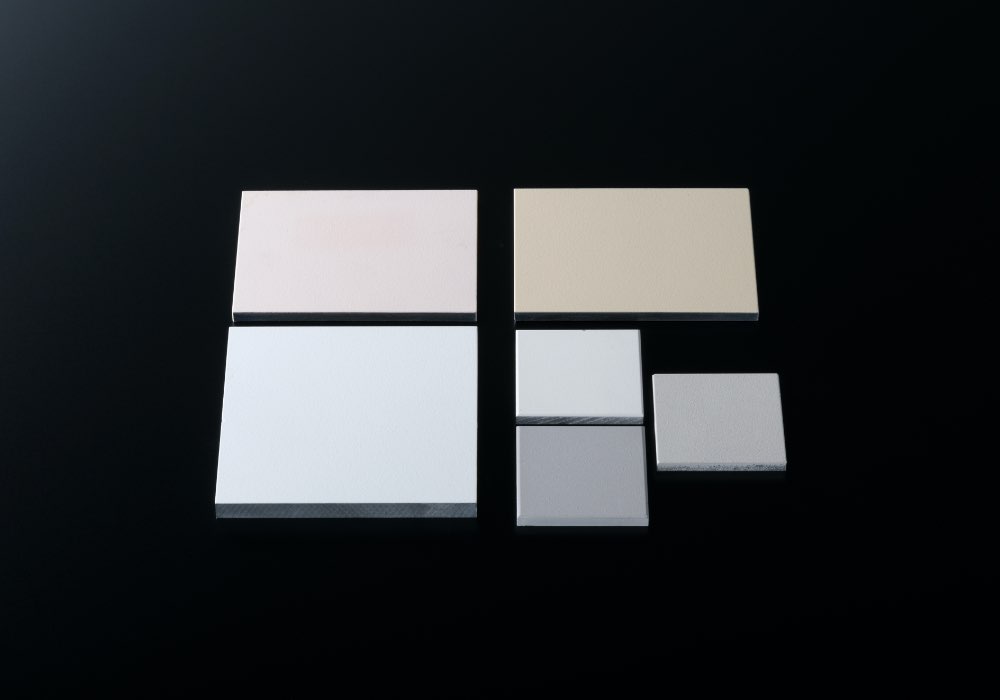
CPUs, memory, and other devices have highly layered circuits on silicon, and they are made through repeated deposition and dry etching process. Plasma with such as CF4 gas is used for dry etching, and during this process, metals and ceramics other than the silicon substrate are also corroded, causing tiny particles to float in the chamber, which can lead to lower device yields. This can be prevented by coating plasma resistant materials (such as Y-O-F) that are highly resistant to fluorine (CF4) on the surface of metal/ceramics parts by thermal spraying or other coating methods, or by using sintered body parts of the materials. As the scaling of semiconductor becomes narrower and narrower, protection by corrosion resistant coatings like these materials becomes essential.
Neutron Absorber
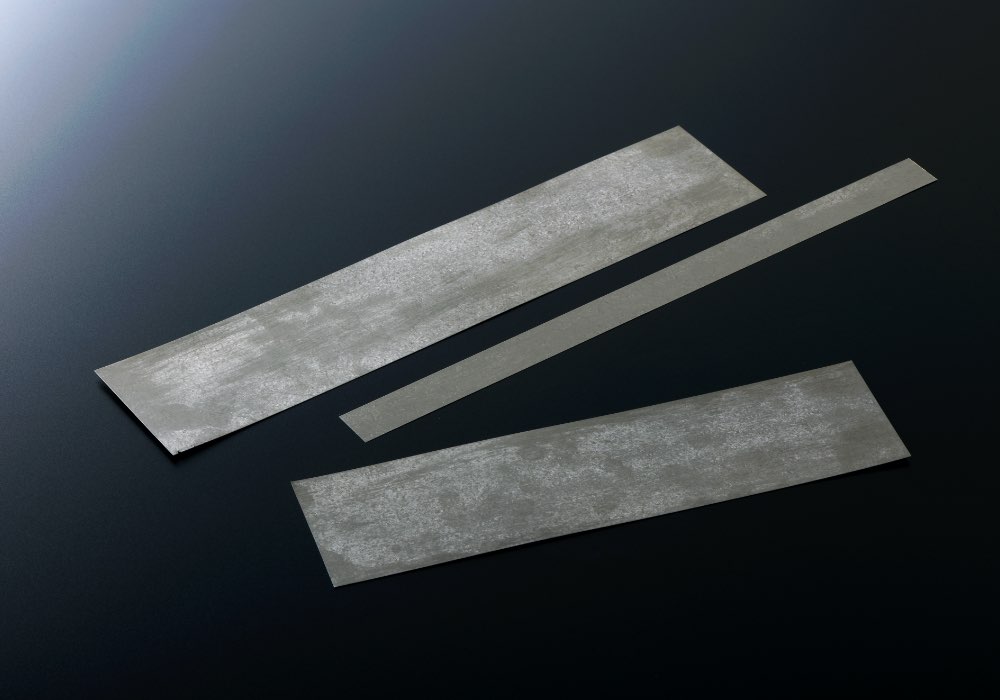
Gadolinium shows high absorbance for thermal neutrons, so it is used as a control rod for nuclear fission. Walls/substrates coated with gadolinium oxide, or gadolinium foils can also be used as thermal neutron absorbers.
Gadolinium coated films or gadolinium foils of several dozen to several hundred microns are expected to suppress neutron activation and prevent radiation leakage, thus eliminating the need for thick shielding walls, reducing the weight of equipment, and simplifying maintenance procedure.
